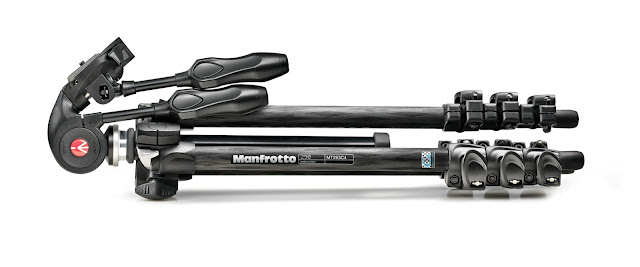After leaving Nairobi, Stewart Edward White wrote, "We walked
for miles over burnt out country... Then I saw the green trees of the river,
walked two miles more and found myself in paradise."
He had found the Serengeti... and so have we on our latest Photo Safari to Tanzania.
In
the years since Stewart Edward White first arrived, the Serengeti has become home to two World Heritage Sites and
two Biosphere Reserves within the 30,000 km² region. It's ecosystem has
inspired writers like Ernest Hemingway, filmmakers like Hugo von Lawick and
numerous photographers like us to come and chronicle the unique area through
our lenses.
The Serengeti region encompasses the Serengeti National Park
itself, the Ngorongoro Conservation Area, Maswa Game Reserve, the Loliondo,
Grumeti and Ikorongo Controlled Areas and the Maasai Mara National Reserve in
Kenya. This year almost 100,000 tourists, and the six of us on our safari, will visit the Park and leave changed
forever.
This unique ecosystem is one of
the oldest on earth. The climate, vegetation and fauna have barely changed in
the past million years. Early man himself made an appearance in Olduvai Gorge
about two million years ago and while species have come and became extinct, the
setting has remained the same.
Today, people from around the world are drawn with hopes of
visiting the endless plains of east Africa for one of the world’s greatest
wildlife spectacle - the 1.5 million animal migration. From the vast Serengeti plains to the hills of Kenya’s Masai Mara, over
1.5 million wildebeest and 200,000 zebra and gazelle make the journey in search
for food and water. The
Wildebeest travel through a variety of parks, reserves and protected areas and
through a variety of habitat while they are relentlessly
tracked by Africa’s great predators,
The migration follows a clockwise pattern that extends over 1,800 miles each year in search of rain ripened grass. They say the only beginning is the moment of birth. It is that period of time as they circle south across the Mara river and come upon the Tanzanian plains. An estimated 400,000 wildebeest calves are born during a six week period early each year - usually between late January and mid-March. Here the herds concentrate at the Ndutu and Salei plains (Southern Serengeti / Ngorongoro Conservation Area) attracting the attention of predators like lion, cheetah and hyena.
The
herd then moves as the grass is depleted. They move to the long grass plains
and woodland of the Serengeti’s western Corridor, almost to Lake Victoria... and this is where we first came upon this jaw dropping site... and for the next three days we will stay close and stalk the hunters as they prey on the wildebeest, zebra and assortment of other animals. Our goal is to watch the predators and be in position to witness the interaction between hunter and the hunted.
From
this location they enter the Lamai Wedge and the Mara Triangle before amassing along
the Mara River… that iconic river crossing depicted on so many wildlife
programs.
It
is important to note that the vast majority of travelers do not witness the
wildebeest crossing of the Mara. The timing and duration varies widely each
year - in years of little rain very few wildebeest cross the Mara River into
northern Tanzania and Kenya. But whether they cross or not, the arrival of the short rains call the
migration southward once again… it is now that they return to the calving area…
and the circle of life is complete.
As I sign off I am sitting here in the dark continent, among formations unique to this part of the world. I cannot help but appreciate the incredibly beautiful and diverse African landscapes that have formed long before man could even measure time. The animals that dot the landscape are merely a decoration, and with or without the amazing animals, I am already making plans to return here again next November.
Sorry you could not make it with us
this time as we track down the migration, but as I mentioned, I am headed back to Africa in
2014. Please check out these workshops here...
Namibia with Denise Ippolito in April of 2014Back to
















